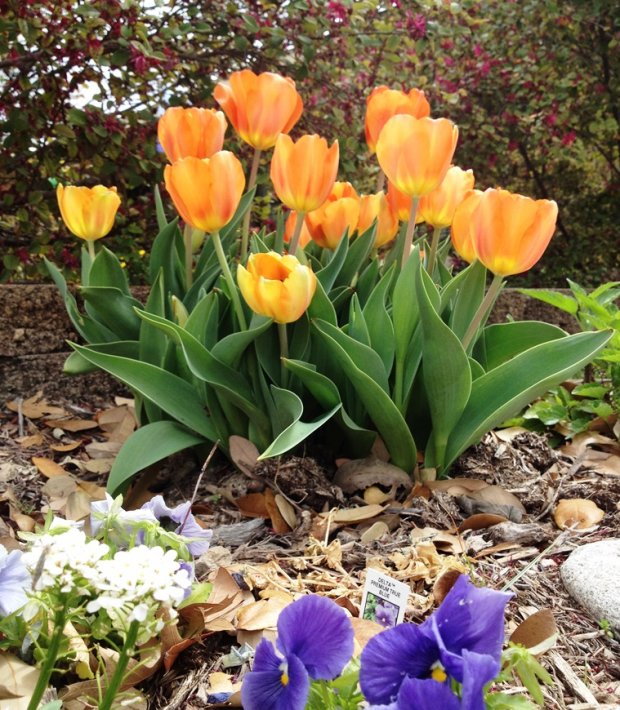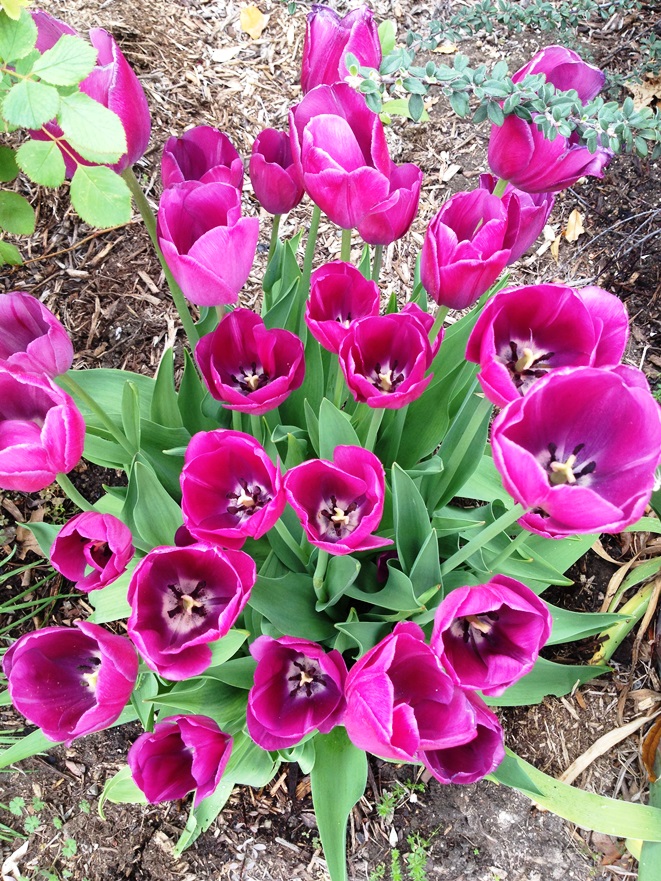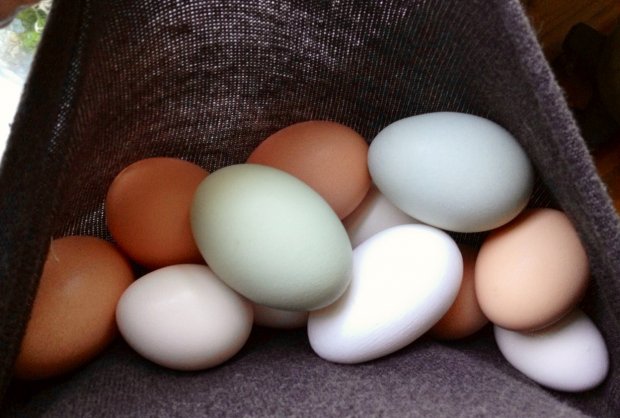 This is a guest post from Phil Nauta, author of a book I reviewed last year called 'Building Soils Naturally.' He teaches organic gardening at his website, Smiling Gardener
This is a guest post from Phil Nauta, author of a book I reviewed last year called 'Building Soils Naturally.' He teaches organic gardening at his website, Smiling Gardener
There’s a saying in permaculture circles: “everything gardens.”
What this means is that nothing in nature works on its own, including us.Instead of controlling everything in our organic gardens, we can get better results if we sit back and let other organisms do some of the work for us. First, we can start by observing existing patterns in our gardens, and placing our garden elements accordingly. This can be something as simple as aligning beds perpendicular to the slope so that we have less work to do flattening them out to avoid runoff and erosion, or making paths in shapes that reflect where we naturally walk in the garden instead of aligning them on an imaginary grid. We might notice that garter snakes like to hang out in the rock pile near the shed. Instead of tidying it up, we might plant our salad greens nearby, where the snakes can snack on any slugs that want to make a meal of our precious lettuce. We can also avoid a lot of weeding just by planting dense polycultures instead of single rows, or by encouraging some spreading ground covers in our perennial beds. Then plants do the weeding for us by physically and chemically dissuading competitors. This approach changes us from owners, managers, and sole employees, responsible for everything in our gardens, into relationship guides whose main job is to nudge the garden’s natural processes gently in a direction that meets our needs.
Know Your Friends.
If we start to view all of the organisms in our gardens as potential allies, rather than enemies, we can find ways to use their energy for our own benefit. Some of our most important allies are the smallest ones: the microbes! No ruler can rule without the consent of the governed, nor can we grow healthy plants without the cooperation of soil bacteria and fungi. Just by spraying your vegetable garden regularly with aerated compost tea and/or effective microorganisms, inoculating with mycorrhizal fungus, and mulching to keep your microbes fat and happy, you can vastly increase your garden’s output. We can also make friends with some of our biggest garden organisms: the trees. In hot, dry climates, a single tree can contribute huge amounts of water to the herbaceous plant layer by drawing it up from the subsoil. Or just choosing to “leave the leaves” instead of raking can also keep plenty of organic matter within your system so you don’t have to go out and collect or purchase more. In temperate coniferous climates, it can be trickier to negotiate our relationship with the big firs and cedars that want to shade our gardens and reclaim them as forest. But if we keep a clear delineation between forest zone and garden zone, these trees will provide us with a neighboring ecosystem that includes mosquito-catching frogs, soil-filtered well water, and many diverse beneficial insects.
When to Intervene.
Every time we intervene in an ecosystem, it takes more work for us to maintain the altered patterns. But we need to control some aspects of our systems if we want to keep them growing fruits, veggies, and flowers for us instead of returning to the local wild ecology. How much work this will take depends on where and when we choose to intervene. The guiding principle is to make our changes wherever the least effort produces the greatest result. In caring for soil, for example, this means that getting a lab test to see exactly which nutrients are lacking will save us a lot of effort, because we can apply just the right amount of only those nutrients instead of pounding the soil with amendments in hopes that one of them will help. Adding nutrients at the right time, when the microbes become active in spring, can multiply their effect compared to adding them during the dry heat of summer or the cold inactivity of winter. We can also apply this to the human side of gardening. By sharing garden work with friends and neighbors, helping each other out when it’s most needed, we multiply our efforts and turn toil into play. This kind of garden advice takes a bit more thought to apply than simple formulas like “use beer to drown your slugs,” though straightforward solutions like that certainly have their uses. But in the long term it saves us a lot of effort, creates beautiful, healthy gardens, and puts us in a better frame of mind each time we head to the garden to hang out with our friends.
Do you try to let nature do some work for you? Or do you like to keep things more tidy and structured? Let me know below, or feel free to ask questions about anything I mentioned...
 Heads up folks, Sunset Magazine is hosting a photo contest for a chance to win a copy of the book "The 20-Minute Gardener".
Heads up folks, Sunset Magazine is hosting a photo contest for a chance to win a copy of the book "The 20-Minute Gardener".
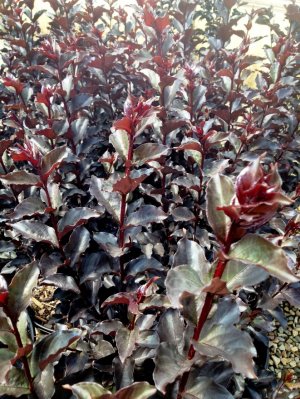

 This is a guest post from Phil Nauta, author of a book I reviewed last year called 'Building Soils Naturally.' He teaches organic gardening at his website,
This is a guest post from Phil Nauta, author of a book I reviewed last year called 'Building Soils Naturally.' He teaches organic gardening at his website, 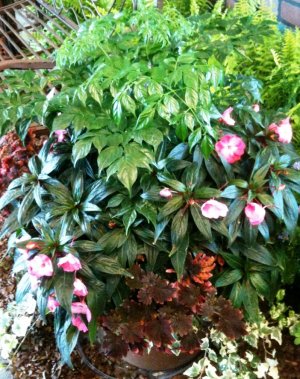 If you have shade and needs some color, give some of these shade performers a try:
If you have shade and needs some color, give some of these shade performers a try:




